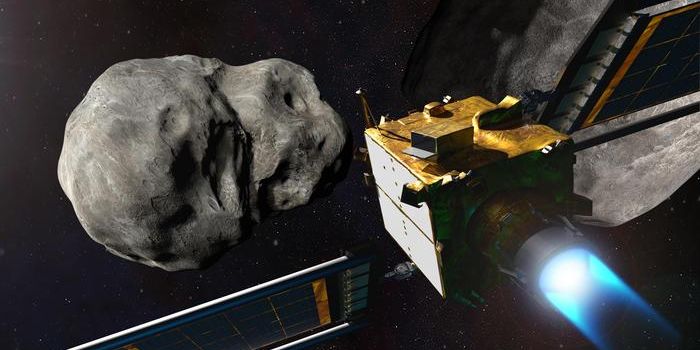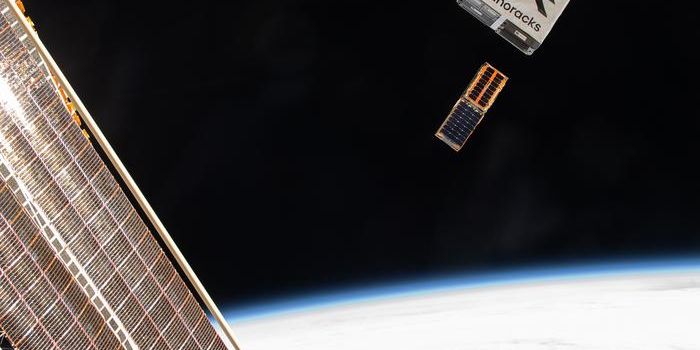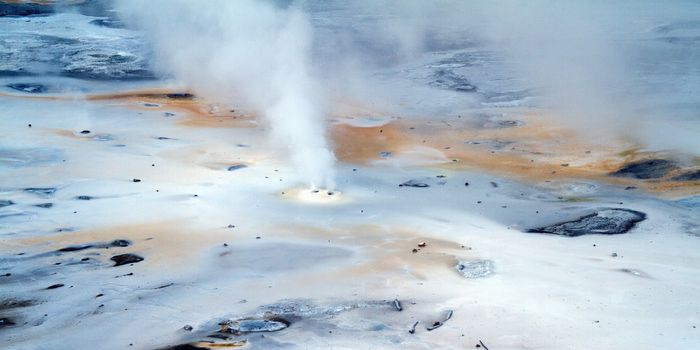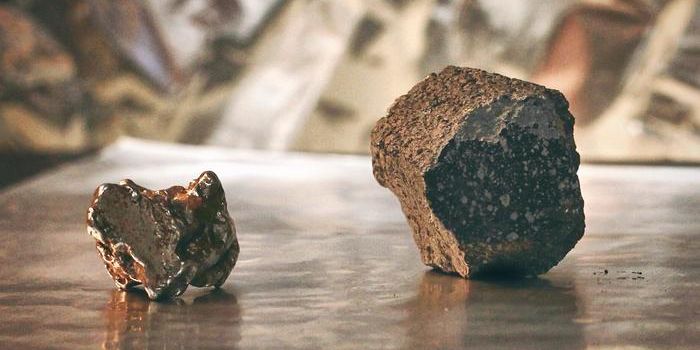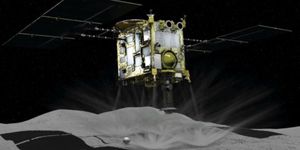Is it Possible for a Moon to Have its Own Moon?
Moons occur throughout our solar system. The Earth only has one, but other sport several, including Mars, Jupiter, and Saturn, to name a few. But given the idea that planets can capture and ultimately possess moons, is it possible for natural satellites in and of themselves to do the same?
The idea of moons sporting their own moons isn’t new, but astronomers have yet to observe such an occurrence anywhere in our solar system. Theoretically, it’s possible for a moon to have its own moon, but the circumstances would be particularly challenging to produce, which might explain why such an occurrence has proven to be so elusive.
Several factors determine a world’s eligibility for having a moon. Perhaps the most imperative is the world’s hill sphere, but also important is how such a moon would orbit that world.
The hill sphere is essentially an invisible threshold that dictates how far away a moon can be before it becomes influenced more by the Sun’s gravitational pull than by the gravity of the world it orbits. The moon resides inside of the Earth’s hill sphere, which is why it continues to orbit the Earth instead of being pulled toward the sun. If a moon were to orbit another moon, then it would need to reside in that moon’s tiny hill sphere.
As for the orbit, many moons are tidally locked to their host planets; this would make it more challenging for those moons to harbor their own moons because the latter would be drawn into the host moon’s surface by gravity more easily.
Given the circumstances, the ideal moon candidate for hosting its own moon would be one with a more significant hill sphere and with a non-tidally-locked orbit around its host planet. But good luck finding that…

